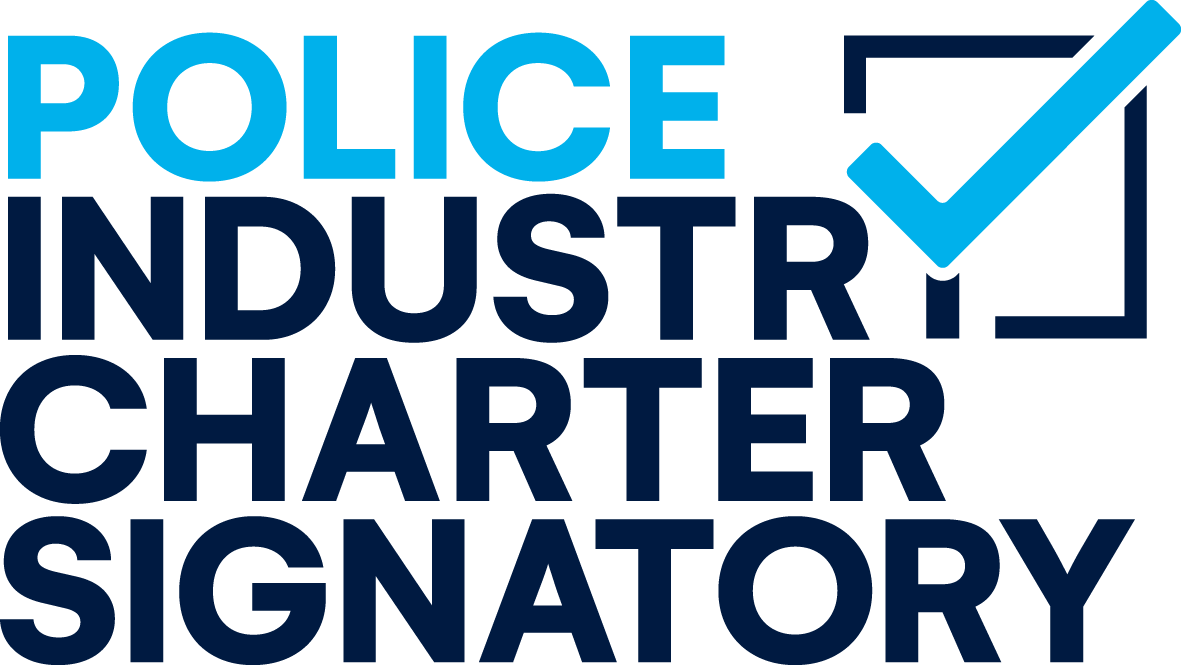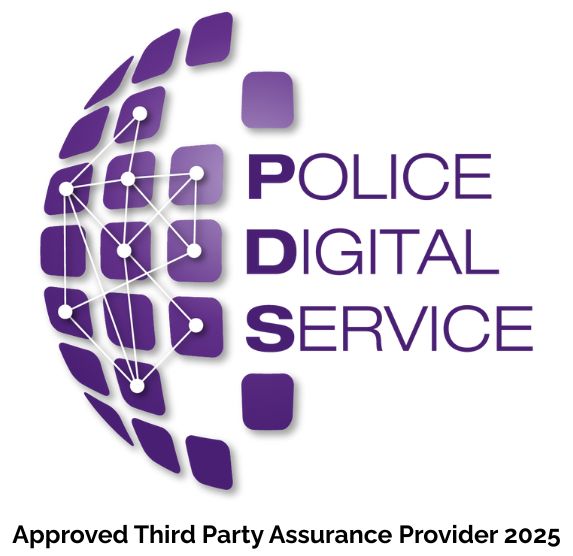
Trust in technology
COVID 19 has created a reliance on the use of technology, introducing a cultural shift in how we work and entertain ourselves. The use of remote video conferencing, once the preserve of large geographically dispersed organisations, has now found a way into each of our homes. Even those people that once shied away from using technology, found themselves relying on accessible forms of communication and social media to keep in touch with family and friends.
While business across many sectors suffered due to the pandemic, organisations rapidly adopted new technologies to communicate and share information globally. Those businesses that have been unable to rapidly adapt to this new way of working suffered with many scrambling to adopt solutions but without the due diligence, with security and privacy often an afterthought. This can be attributed to a tactical need to maintain business as usual to manage risk, without fully understanding what this risk means.
Living in a digital world brings digital threats and risks to us all.
People naturally trust the content of something physical, such as a document. It exists in their hand, and they can see if anyone is trying to make changes to it. For example, a written Last Will and Testament is signed by the individual and witnesses and is physically secured until the time that it needs to be read, a process that has existed for years. Gaining access to that Will to change it requires physical entry and intervention and some extremely clever manipulation of the physical document to present a convincing new version. Not to mention, there may also be copies of the Will that would also need to be changed in exactly the same way.
Where digital has made our lives easier and more convenient, it has unfortunately, made it easier for those with criminal or malicious intent to manipulate content for their own means. There are tools readily available that can be used to gain unauthorised access to information so that convincing changes can be made to any form of digital media.
For example, in March 2021 there were reports of a mother of a cheerleader in the US, who used Deep Fake technology to try and smear the reputation of her daughters cheer leading rivals. These type of tools have been developed to allow the user to change their face and appearance in real time over video conferencing calls and streaming channels. This technology is inexpensive and accessible to anyone and could easily be used to impersonate others in real time.
These are complex ways of manipulating digital media with the use of artificial intelligence. But what about changes to content of a digital document if someone could access it?
Trust In technology
Information technology is an enabler for society. Whether it’s used in the workplace or at home, we use technology to communicate, entertain, work efficiently, and retain records for our personal or corporate use. Information is a valued asset for all of us.
And because information technology is a part of our everyday digital lives, we place a great deal of trust in it. But can we? Or should we? Ask yourself the following questions:
· Would you have important face-to-face meetings without knowing who was listening?
· Would you want attendees of your meeting wearing masks or putting up backdrops?
· Would you send confidential recordings and minutes to an unknown location, not knowing who could access it?
· Would you sign an important document knowing that the content of it would be changed later?
· Would you create content and give it away for someone else to profit from it?
· Would you sell your corporate conversation content to other companies?
· Would you make your corporate sensitive information easy to access and share?
Most likely the answer is going to be ‘no’.
Technology for Trust
Blockchain is a technology which has been designed with “trust” as its core concept, underpinning crypto currency. While some may not trust the market, the technology that underpins blockchain, performs its role well, and can now be used to provide the trust we need in digital content and media.
If we can validate an ‘immutable’ currency transaction, then we can validate the authenticity of what we see before us in a digital document; video; audio; or images. Using this technology, we can trust that the information being presented to us is authentic. And if we suspect that something isn’t what it seems, then we can even go and check for ourselves that it’s not been edited or manipulated in any way.
But what if there was a solution that could provide an immutable recording of every interview or meeting, using blockchain technology? A solution that meant you could prove that the content had not been edited, should it ever be challenged for evidence.
Jed Stone
Chief Product Officer at Issured
Recent Posts
How can businesses truly embrace diversity and inclusion if they're overlooking a valuable group of individuals? Despite the growing awareness [...]
Creating an inclusive environment where everyone can thrive is necessary for employee satisfaction, productivity and retention. This is especially true [...]
Welcome to the world of soft skills, the secret ingredients that transform good managers into great leaders. These skills help [...]















